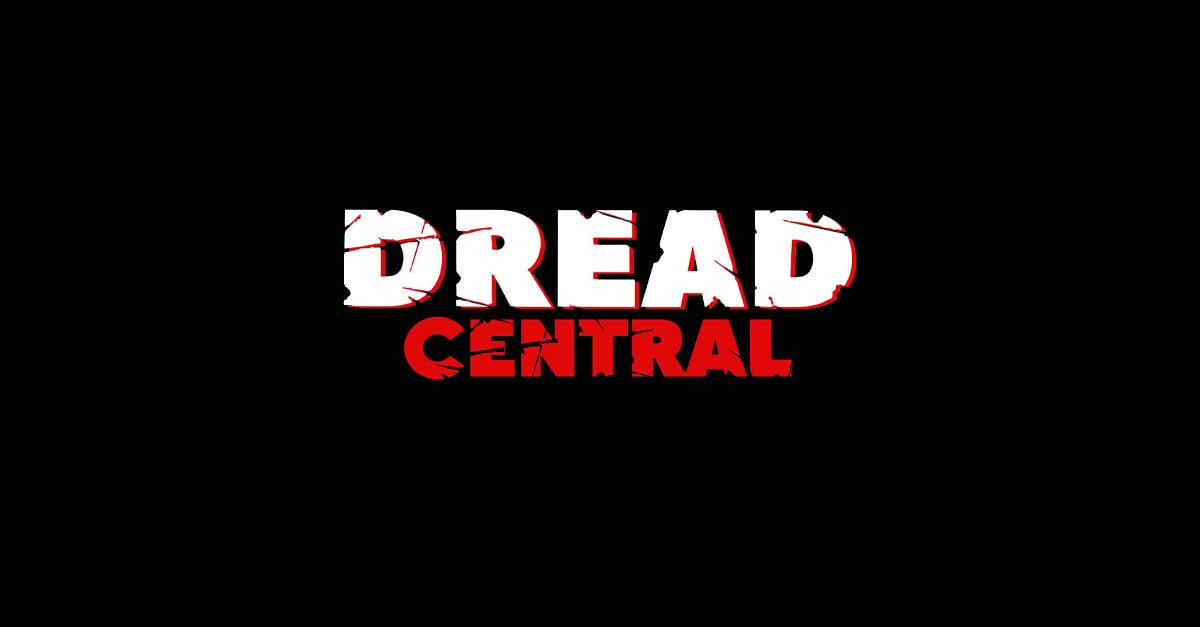Death Parade (Anime Series)

Directed by Yuzuru Tachikawa
Animated by Madhouse
Suitable for 17+
Since time immemorial, humans have pondered the question, “What happens to us after we die?” If Death Parade is to be believed, our eternal souls are either sent into the void for summary deletion or reincarnated into a new body. The afterlife is not without a sense of excitement however, as a third option brings a randomly selected number of humans to a place in between. A bar called Quindecim is attended by the stoic white-haired Decim, and it is here that these humans—with no memories related to their deaths—play a game with their “lives” at stake. Decim uses their memories, and more importantly, their behavior during the game to decide whether they deserve reincarnation or the void.
The game played is decided by a random roulette, ranging from anything as basic as darts to an old school arcade game. The players are mostly strangers at the start of their game, and as they regain their memories they usually find a connection. There are also cases where the two players have known each other—or one has known the other—for a while. Dramatically speaking, the episodes where the two players don’t immediately know each other might seem more interesting, but Death Parade equally balances the two, keeping you at the edge of your seat no matter the case. These games most often include pain, with the intention of bringing out the “darkest parts” of the players’ souls. It is with this information that characters like Decim decide their verdict.
Decim is what the afterlife calls an arbiter: decider of fates, judge of morality, evaluator of lives. As the series progresses, it is revealed that he is not alone in this task. There are others like him in Death Parade, each with their own establishment and differing style of judgement. Ginti for example is usually much harsher and blasé with his “clients.” While these other arbiters do exist, they are given very little screen time compared to our fair haired main character.
Some other memorable supporting characters in this world are: Clavis, who operates the elevator that brings arbiters to different locations, Oculus who is the second in command under god, Quin, the previous proprietor of the bar Quindecim, and Castra, an “organization clerk” who looks at the dead and decides which arbiter they will be sent to. All of the side characters are interesting, and Death Parade could have easily integrated more episodes to give them their moment in the sun. However, very few of the side characters actually have the chance to share their stories. This is one of the series’ greatest pitfalls. It’s a terrible thing to construct a fascinating character and then do almost nothing with them.
On the flip side, one of the main characters opposite Decim is Onna, a mysterious purple haired young woman who is said to be Decim’s assistant. She shares equal screen time with Decim, bringing her ahead of the pack. Onna has no memories of who she is, not even her name, and only does what she is told for lack of a better option. Don’t let her calm demeanor fool you though, she is no stranger to speaking her mind. We eventually find out that not all is as it seems with Onna, but that’s treading too far into spoiler territory.
Nona is the third main character, an arbiter in charge of her own bar, and also a “manager” of this realm. She ranks below Oculus, but higher than the other arbiters. Her appearance makes her seem much younger and naive than she really is. However, Nona is cold and calculating, disciplining the arbiters without a second thought. Unlike the minor characters in Death Parade, by series’ conclusion, we feel that we understand Decim, Onna, and Nona very well.
Past the plot, Death Parade is animated by Madhouse, which is famous for Parasyte -The Maxim-. They also animated the lesser known Sunday Without God, which proves they can easily handle a bizarre concept. Strange story or no, with Death Parade, Madhouse proves once again that their animation skills are on point. The colors utilized in the series make each scene visually striking, and the action moves with a natural fluidity that anime doesn’t often achieve. The character designs range from the average with the different humans that pass through Quindecim, to the totally bizarre (Oculus’ lotus hair and goatee anyone?). Madhouse is definitely a studio to keep an eye on, as they’re sure to crank out winner after winner.
The voice acting in Death Parade is equally superb. There isn’t much background music to speak of in the series, which really allows the voices to shine. In addition, the dramatic story forces the actors to bring their A-game. A woman grieving over the realization that she’s died and left behind a gaggle of children would not be anywhere near as convincing without great voice acting. Death Parade really hits you where it hurts as far as voice acting goes, making it a must watch (or listen).
If you’re interested in a series that is extremely well acted, animated with precision, and features a story like no other, you really can’t go wrong with Death Parade. There are enough characters to cycle through so there’s no stagnation, and the plot includes a plethora of different stories. The side characters in the series could have been given more love, and their neglect is the one major mark against the series. However, the plot revolving around the main characters Decim, Onna, and Nona well makes up for this little blip of sadness. It can be tough to find a “sure thing” series in anime, but betting on Death Parade is a game you can’t lose.
-
Anime
Categorized:Reviews

